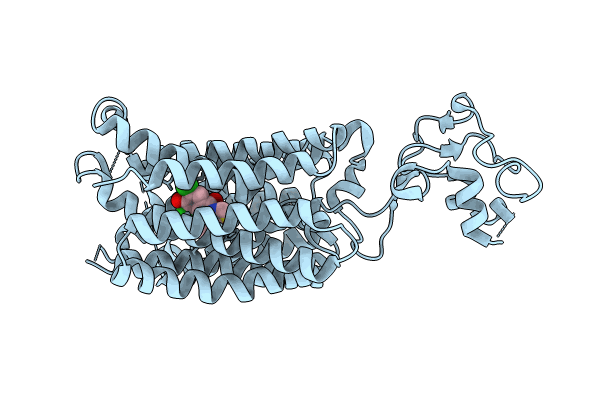
Deposition Date
2024-09-01
Release Date
2024-10-16
Last Version Date
2025-04-16
Method Details:
Experimental Method:
Resolution:
3.60 Å
Aggregation State:
PARTICLE
Reconstruction Method:
SINGLE PARTICLE


